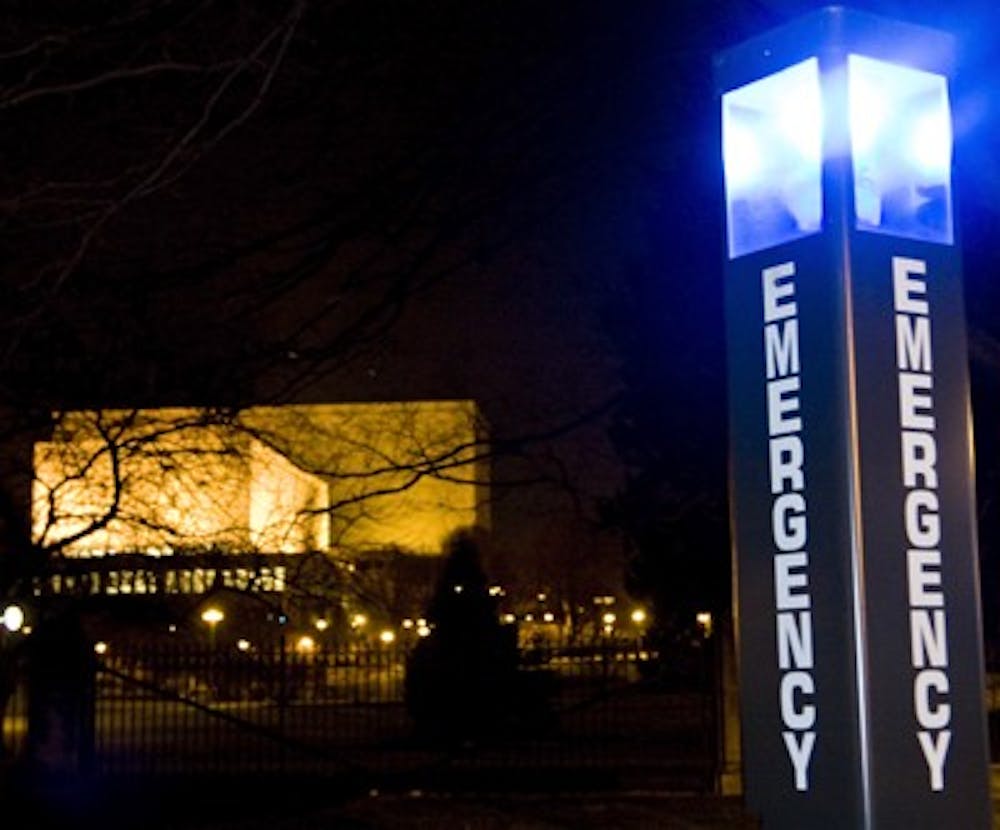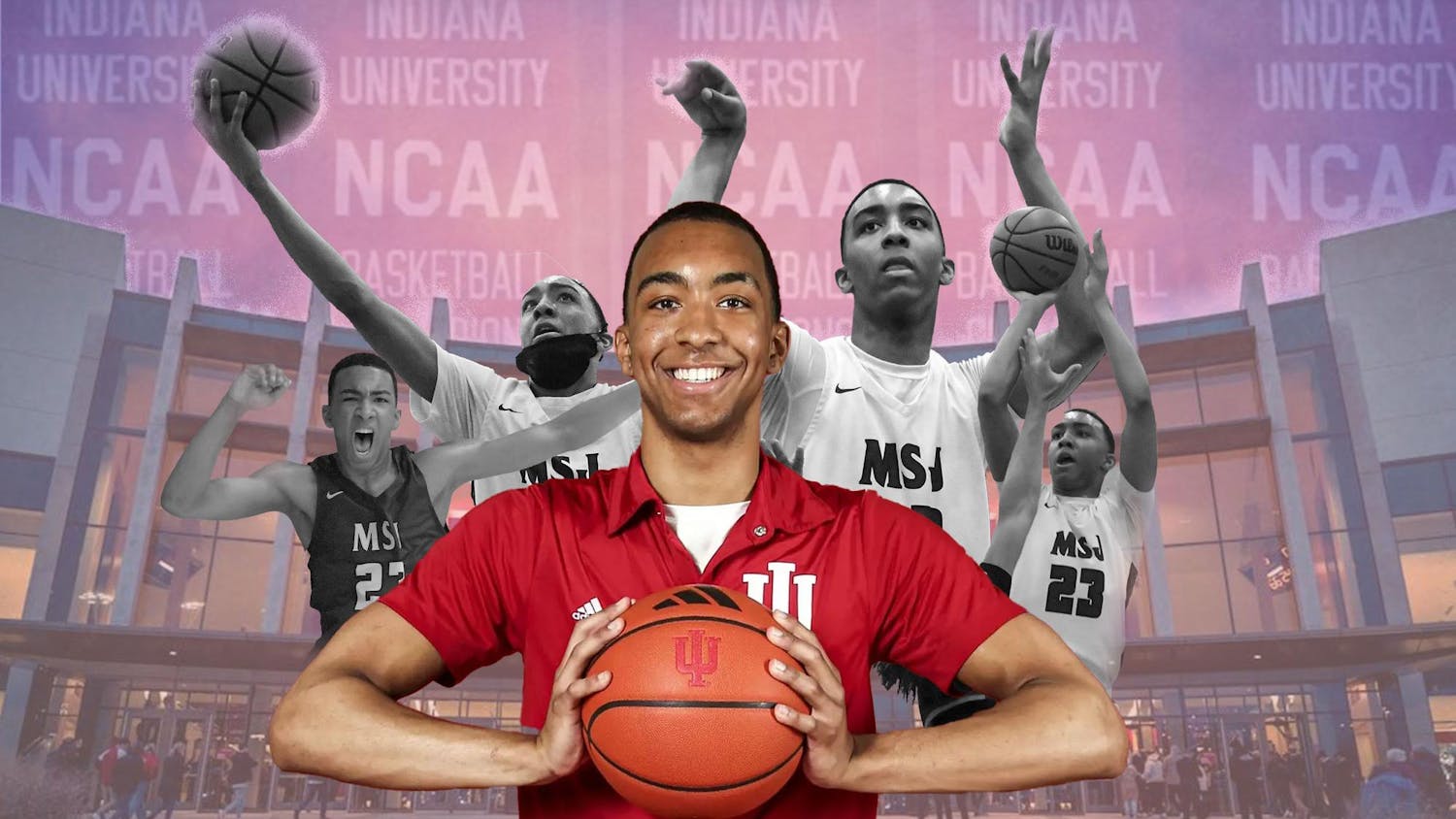In early December, a man was assaulted by an unidentified person who fled the scene. The victim ran to the nearest campus blue light for help and IUPD arrived at the scene afterward.\nAdministrators had such a scene in mind when the blue light safety posts were stationed around campus. But these days, the lights are more often used for prank calls, police say. \n“We receive hundreds of calls a year that are just bogus,” said IU Police Department Capt. Jerry Minger. Although blue lights call the IU Police Department – not 911 – directly, they were originally intended for emergency calls, Minger said. The blue lights also have a keypad so students can call whoever they want for help.\nCarol McCord, assistant dean of the Office for Women’s Affairs at IU, said she doesn’t believe the blue lights are a major tool for protecting students. \n “People should not think, ‘Wow, those are really saving people,’” she said\nShe explained that most of the lights are in areas where safety isn’t a major concern. She said people are more aware walking by themselves than they are when they go out to parties where there’s real danger.\n“I do worry a lot that it contributes to unnecessary worry at places where blue lights are,” McCord said. “It makes us more vulnerable when we are at risk, and we are more aware when we’re not at risk.”\nAnother major problem with the blue lights is police can’t determine whether the phone calls are actually being used for emergencies, McCord said.\nWhen a student uses a blue light, whether it’s a prank call or an actual emergency, someone must be sent to reset the light. There is a red button on the lights and if the red button is hit, IUPD is notified, Minger said. IUPD can contact the person on the other end but most of the time, there’s no one there. But whether someone is there or not, IUPD still reports to the scene.\nAlthough Minger believes the blue lights are a good safety precaution, he doesn’t want to encourage people to walk through dark, wooded areas, such as behind Woodburn and Ballantine halls.\n “After dark is when it’s a very unsafe place to be,” Minger said. “The thing to tell people is to stay out of it. It’s like telling people to stay out of traffic.”\nMinger said installing more blue lights would create a false sense of security. He said even though someone is five feet away from the phone, he or she might still be the victim of a crime. \nDespite some skepticism about adding more lighting throughout poorly-lit areas, the IU Student Association has contacted representatives on campus about adding more lighting in the woods around Ballantine Hall.\nThe general consensus of the administration, is that they don’t want students to walk through the woods at night, said W.T. Wright, IUSA student body president. Adding the lights might make students believe the area is safer than it really is.\n“Safety on campus is always a concern,” Wright said. “I definitely feel there’s a sense of security with the blue lights on campus. If there is ever a situation where it needs to be used, they are there.”
Blue light special

Get stories like this in your inbox
Subscribe





